What Is VAT?
VAT (Value added tax) is a consumption tax levied on the value added to goods and services during production and distribution.
VAT is not paid by the business instead it is an indirect tax that is collected by the consumers in the price of goods and services. This includes labor and compensation charges, interest payments, and profits as well as materials. As with other consumption taxes, including goods and services tax (GST) or retail sales taxes, consumers pay value-added tax.
How Does VAT Work?
VAT is typically collected at each stage of the production chain and distribution of goods or the provision of services.
At each point in the production of goods, VAT is collected — every time value is added and a sale is made. For this reason, VAT is referred to as value-added tax. In the end, the consumer is responsible for paying for it. As with sales tax, value tax levies consumption instead of a person or company’s income. It is typically collected during multiple stages of getting a good or service off the ground and into the market for sale. When a good or service is produced, VAT is assessed and collected at each stage in which some form of value is added to the item, such as during manufacturing, distribution, or the sale of the product.
Example
- A raw materials dealer sells its product to a factory for €101, €1 of which is VAT. The raw materials dealer sends the €1 to the tax authority.
- The factory uses the materials to produce laptop batteries, which it sells to a laptop manufacturer for €202. €2 is VAT. The factory deducts €1 for the VAT on the raw materials and remits the other €1 to the government.
- The laptop manufacturer then sells the laptops to a computer retailer for €303, which includes €3 VAT. The manufacturer deducts €2 input VAT and sends €1 to the tax authority.
- Finally, the computer retailer sells a laptop to a consumer for €404, including €4 VAT. The retailer deducts the €3 tax paid to the manufacturer and sends €1 to the government.
- Each additional €1 along the supply chain represents the added value at each stage.
What’s the purpose of VAT?
Just like other indirect taxes and income taxes, VAT’s purpose is to raise government revenue. The VAT system was designed to be more direct and less complicated than sales taxes or gross turnover taxes. VAT is easier to track than some tax systems because it’s levied at each stage, and all merchants are required to maintain meticulous records of purchases, sales, and supplies. It’s also administered by the federal government rather than numerous state and local governments. That said, value-added tax has historically been relatively easy to avoid.
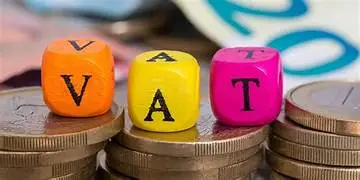
VAT rates
VAT rates are set by each country. The Standard VAT Rate in the UK is 20% and the reduced rate is 5%.To Know the VAT rate in European countries click here. To know the VAT rate in non-European countries click here.
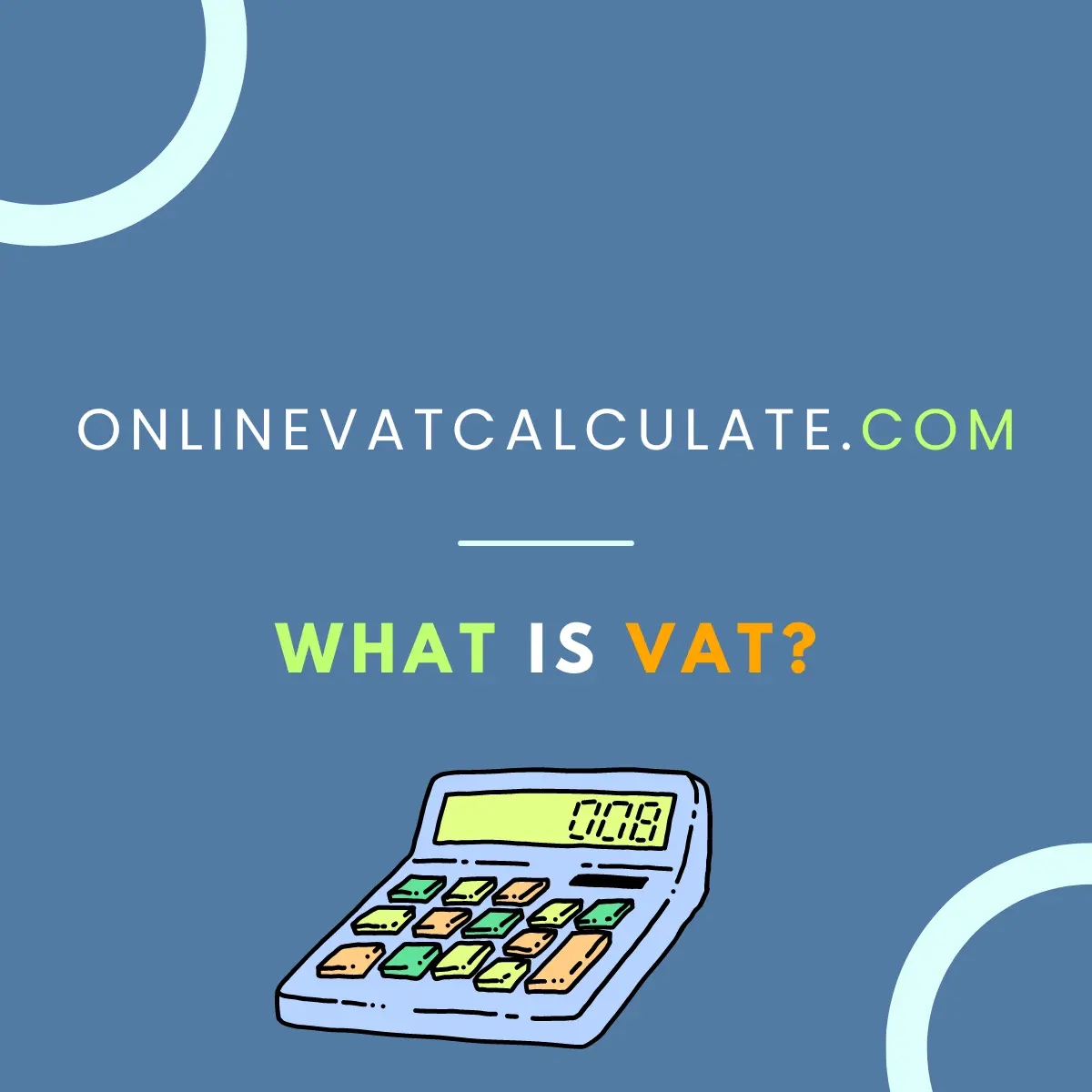
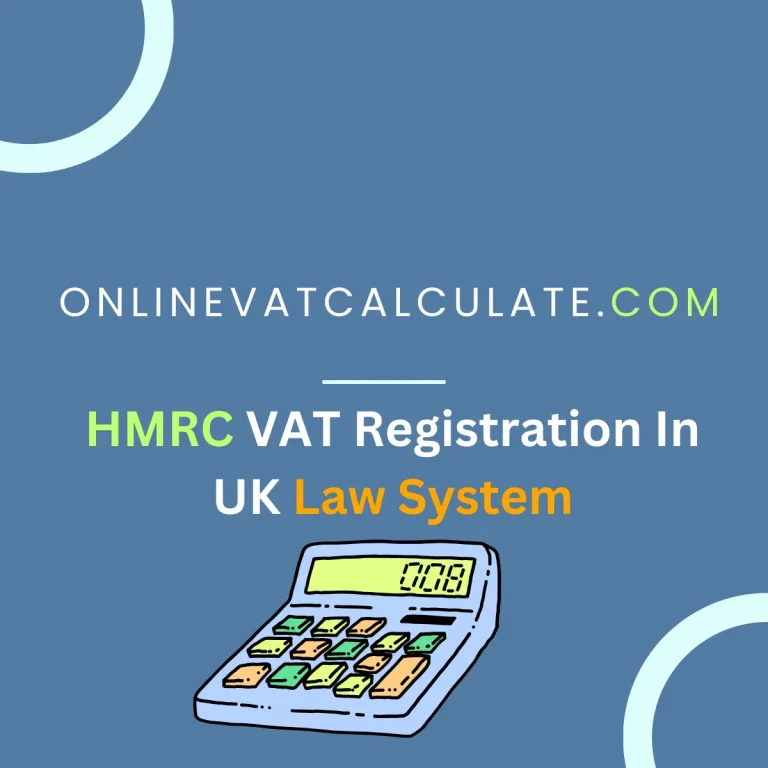
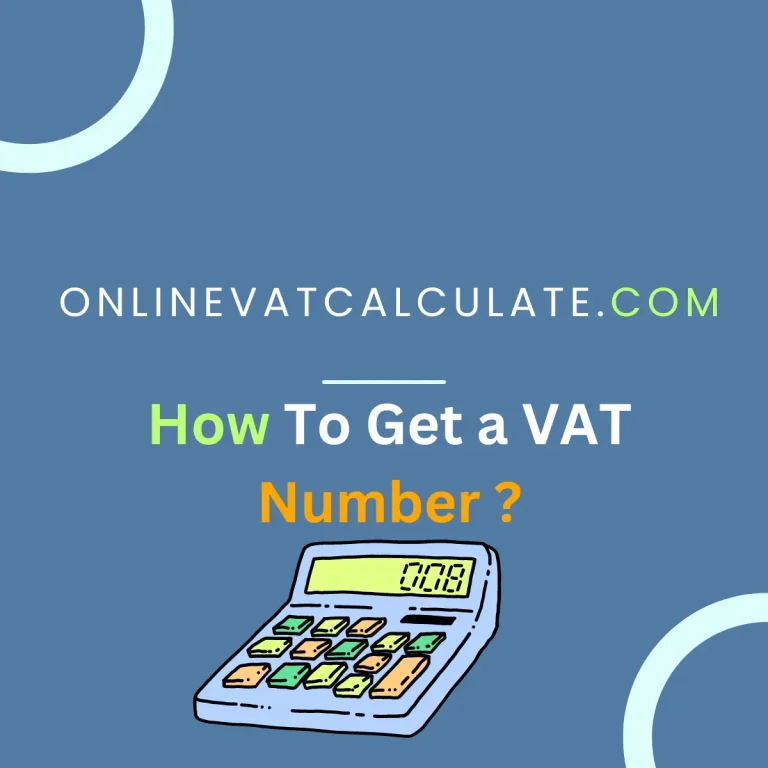
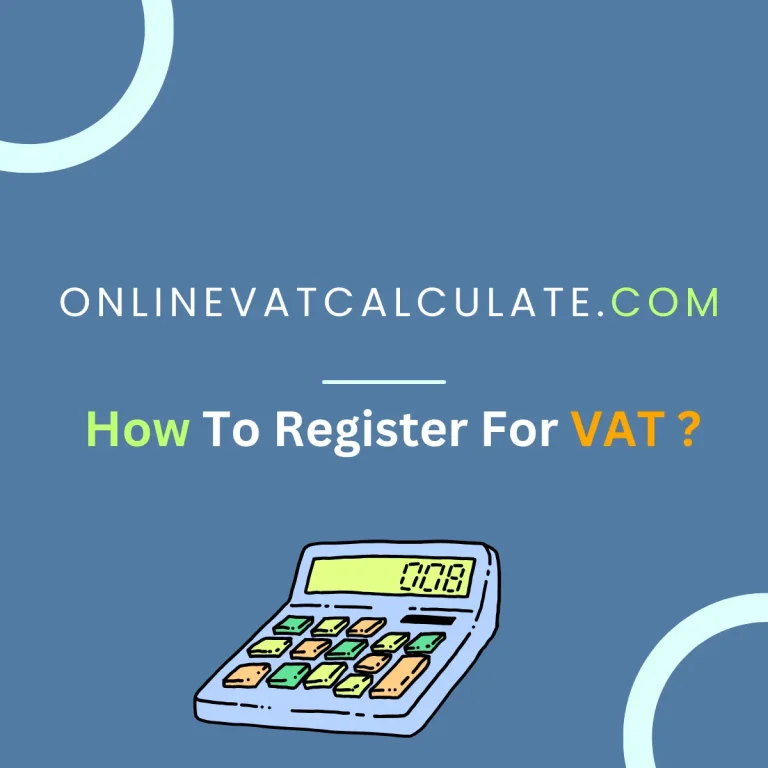
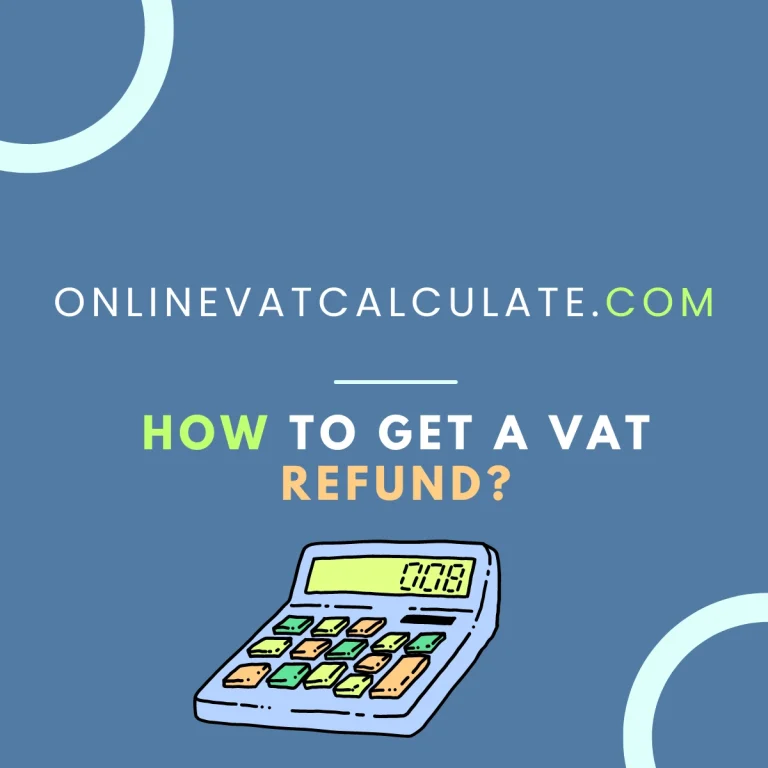
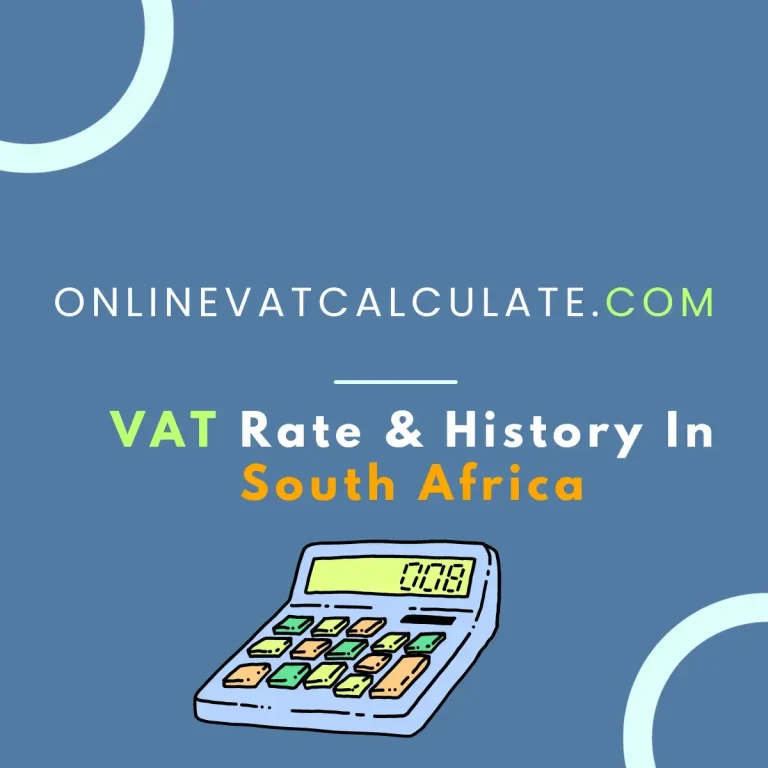
One Comment